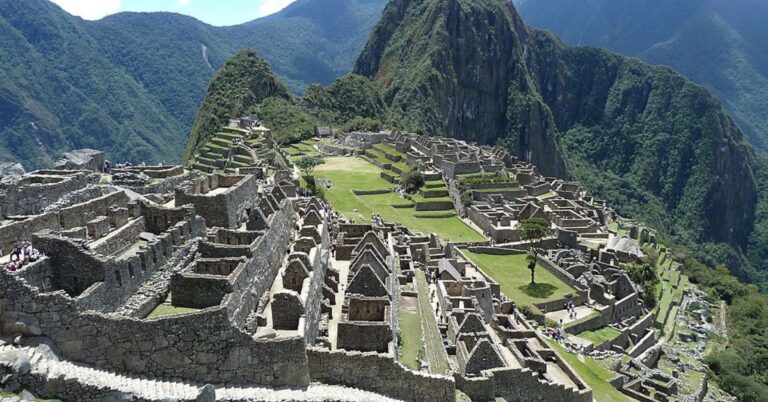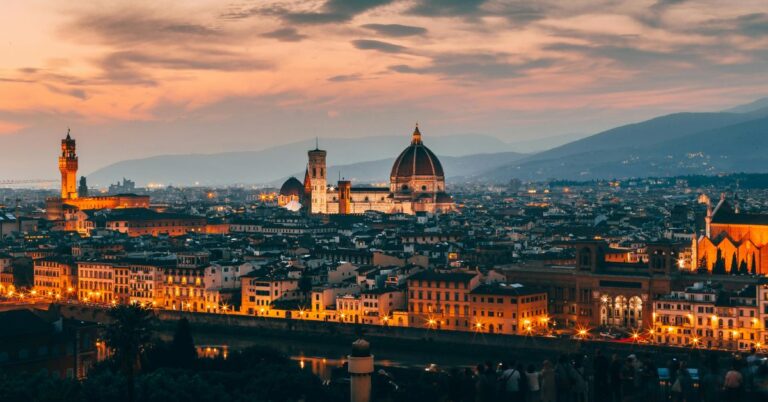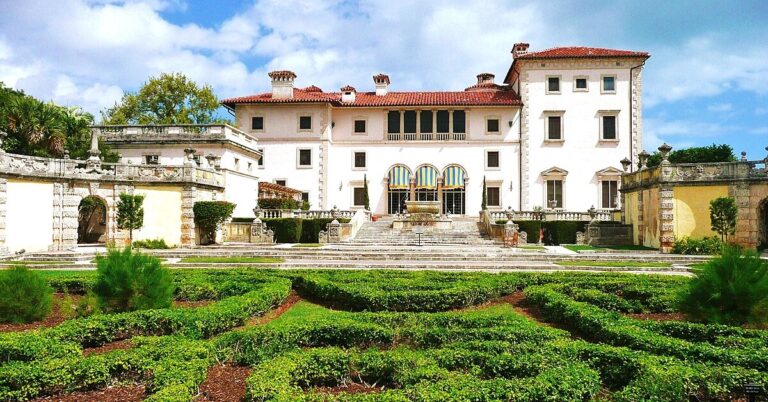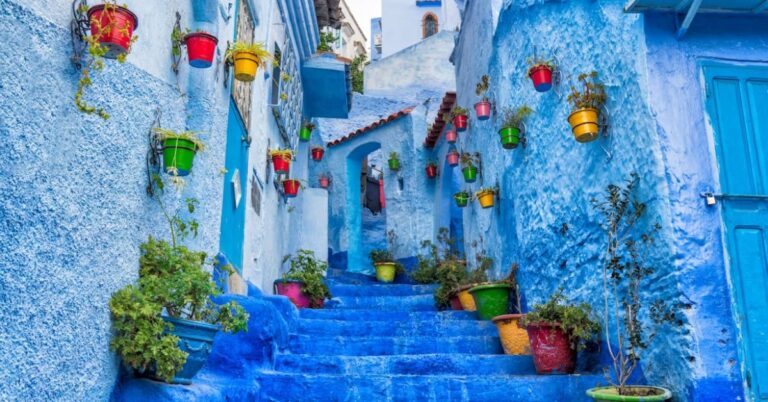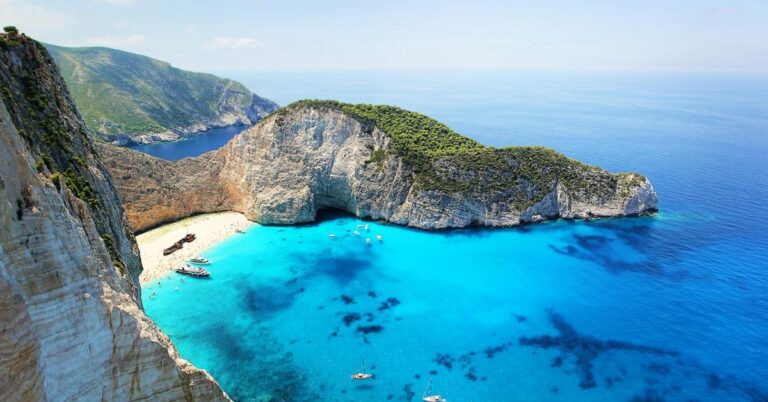25 Underrated Ways To Experience The Real Tokyo
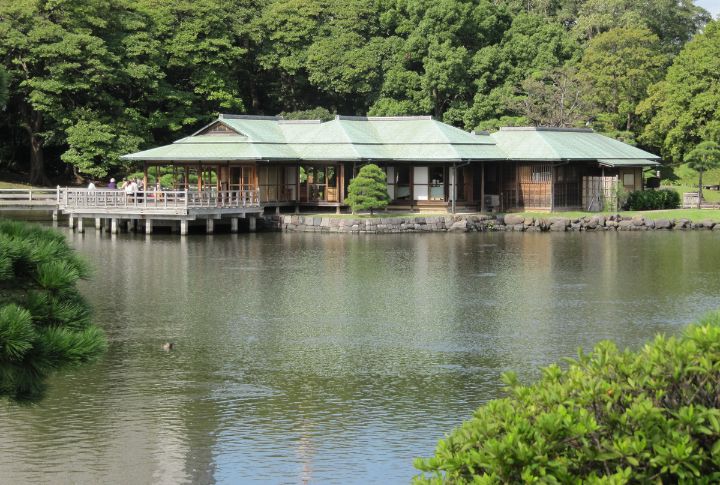
When most people think of Tokyo, they picture the neon lights of Shibuya and the towering skyline of Shinjuku. Yet, under the surface of this bustling metropolis lies a quieter Tokyo—one that many tourists never see. If you’re ready to step off the familiar path and explore the city like a local, here are 25 places to visit.
Gotokuji Temple And The Origin Of The Lucky Cat

Hidden away in Setagaya, Gotokuji Temple is believed to be the birthplace of the iconic “maneki-neko” (beckoning cat). Its grounds are peaceful, with old wooden structures and a charming three-tiered pagoda. It was founded in 1480 and gained popularity due to the maneki-neko legend involving a monk and his cat.
Yanaka Ginza Shopping Street
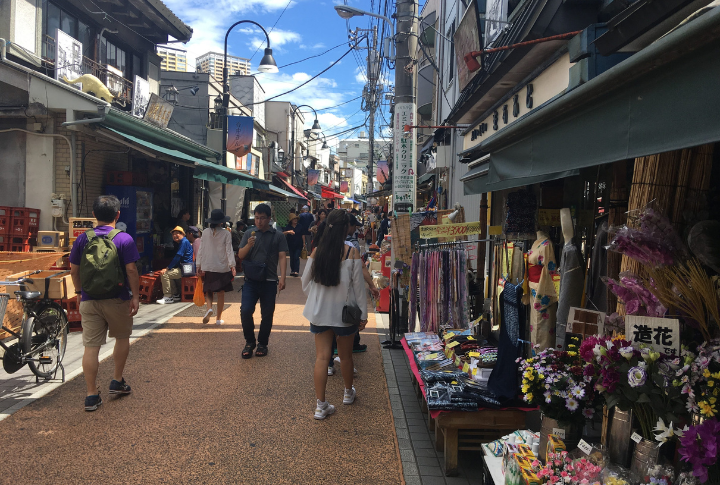
While tourists flock to places like Shibuya, Yanaka Ginza’s charm remains largely under the radar. This area miraculously survived WWII bombings, preserving pre-war architecture. Shopkeepers often chat with customers as they sell everything, including handmade sweets and traditional crafts. The district is part of the Yanesen area, known for its old-Tokyo ambiance.
Sumida Hokusai Museum
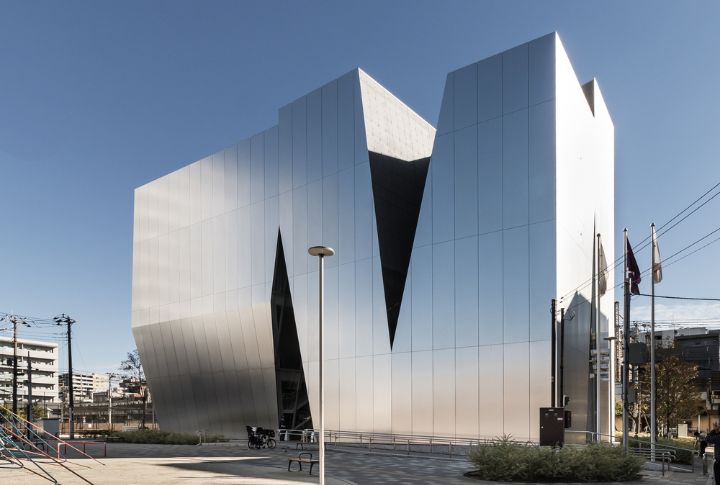
This museum in Ryogoku honors Katsushika Hokusai, the legendary ukiyo-e artist famous for “The Great Wave off Kanagawa.” Inside, you’ll find digital reconstructions of Hokusai’s atelier, which illustrate his life and work. His sketches reveal the study of the natural and urban terrains, plus anatomy. Exhibitions offer fresh views into Edo-period art and its global influence.
Todoroki Valley
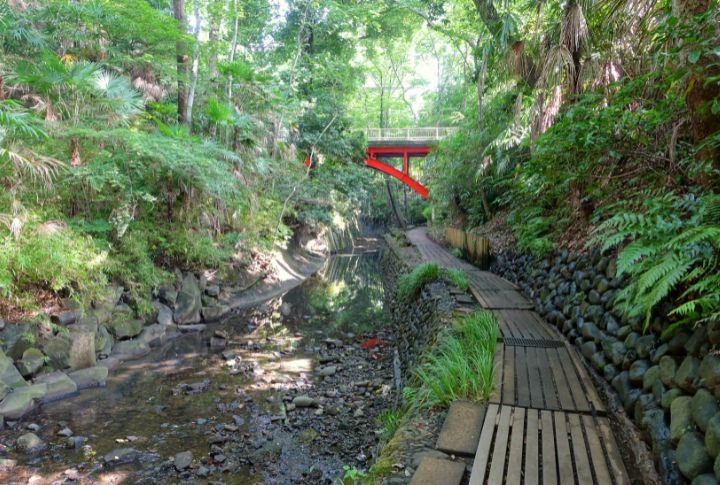
Todoroki Valley in Setagaya is Tokyo’s secret natural oasis, a rarity in the city’s urban sprawl. The walk starts just minutes from Todoroki Station, instantly transporting you to the gentle murmur of the Yazawa River, away from city noise. Along the trail, you’ll pass traditional red bridges and a tiny tea house that serves matcha.
Kiyosumi Garden

Unlike the crowded Ueno Park, Kiyosumi Garden is a meticulously manicured traditional garden located in Koto. Its central pond is dotted with large koi and encircled by a path made of stepping stones arranged to reflect the theme of a stroll garden. Many ornamental rocks were sourced from across Japan by the garden’s patron, Iwasaki Yataro.
Inokashira Benzaiten Shrine In Inokashira Park

This small shrine dedicated to the goddess Benzaiten is located on a tiny island within Inokashira Park. Known as the deity of art and beauty, Benzaiten is also believed to bless romantic and creative relationships. The shrine has a striking red structure with dragon motifs and is often surrounded by reflective water.
Oedo Antique Market
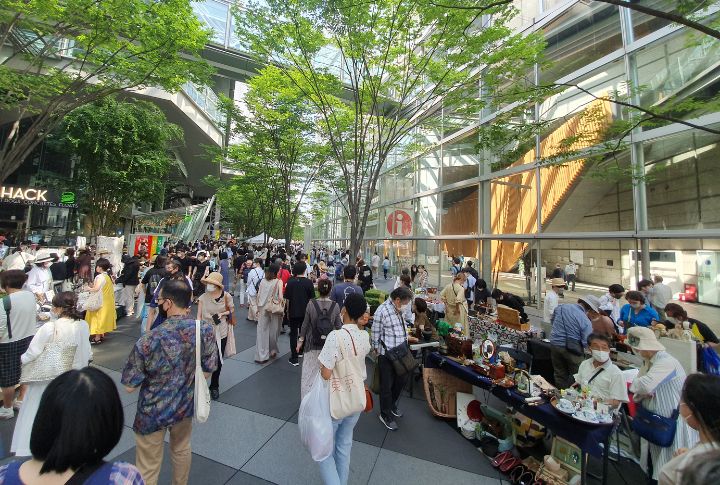
Held bi-weekly near the Tokyo International Forum in Yurakucho, the Oedo Antique Market is Japan’s largest outdoor antique fair. Over 200 vendors participate, selling things like Meiji-era ceramics and Japanese swords (replicas and real). Because it’s curated for quality, most items come with historical information and are sourced from trusted collectors.
Daikanyama T-Site (Tsutaya Books)

This isn’t your ordinary bookstore. Spread over three interlinked buildings, T-Site houses rare books and a high-end lounge for members. The architecture invites visitors to wander, with floor-to-ceiling shelves and quiet reading nooks lit by soft lighting. There’s also a carefully curated selection of Japanese and foreign magazines on different themes.
Sengakuji Temple And The Graves Of The 47 Ronin

Few tourists know that the story of the “47 Ronin” is rooted in history. The ronin are buried at Sengakuji Temple near Shinagawa. The temple grounds contain detailed signs in English explaining the event, which involved masterless samurai avenging their lord’s forced seppuku in 1701. Their loyalty is still revered today.
Meguro Parasitological Museum
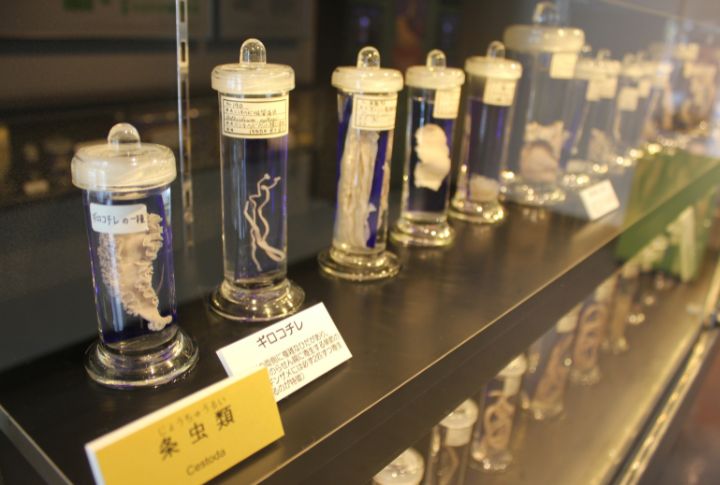
This is the only museum in the world dedicated entirely to parasites. Despite its tiny size, it has several preserved specimens, including parasites from humans and animals across Japan. The 8.8-meter-long tapeworm is the star attraction, coiled in a glass case with English descriptions. The museum was founded by Dr. Satoru Kamegai.
Suginami Animation Museum
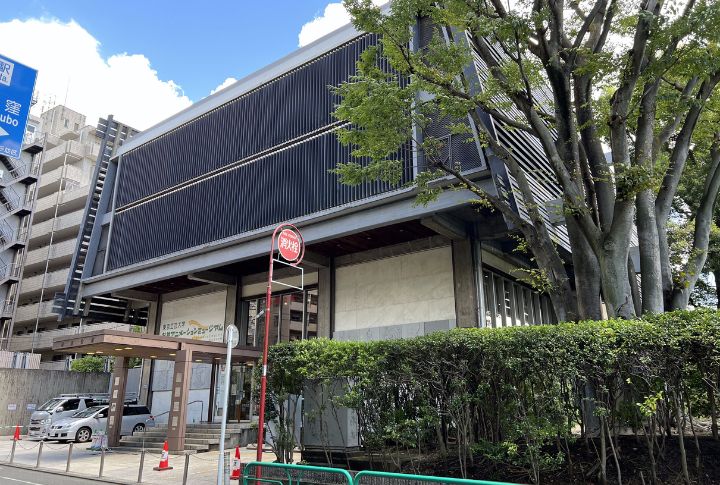
While most anime fans rush to Akihabara, few discover the Suginami Animation Museum, which explores the art and history of anime production. This museum showcases the process, starting with storyboarding and final editing. Rare interviews with animators and directors are available in English, and some areas are hands-on, letting visitors try drawing or dubbing.
Shibamata Taishakuten Temple And Street

Shibamata, in Tokyo’s northeast, is a traditional setting rarely visited by outsiders. The Taishakuten Temple dates back to 1629 and is famous for its intricate wood carvings of Buddhist tales. Its garden is a beautiful example of sukiya-style horticulture. The temple street is lined with shops selling rice crackers and kusa dango.
Tokyo Camii And Turkish Culture Center
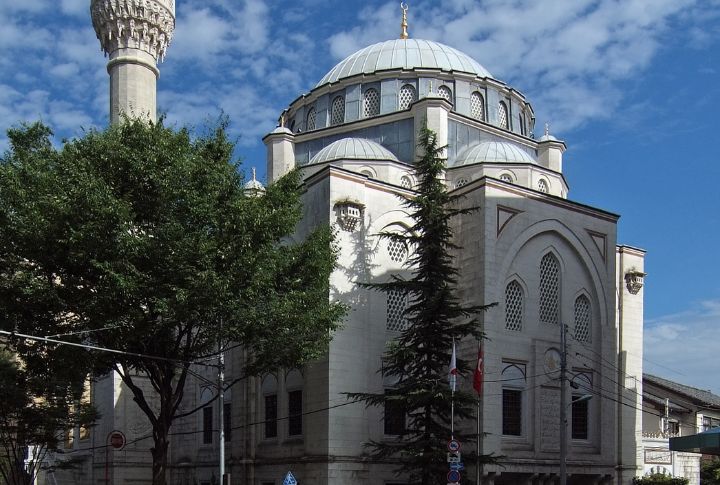
In Yoyogi-Uehara, Tokyo Camii is Japan’s largest mosque and a stunning example of Ottoman architecture. Built with help from Turkish artisans in the 1990s, it features intricate tiles and Turkish chandeliers. The adjoining culture center holds language classes and halal cooking lessons. It’s a peaceful, welcoming space that bridges two cultures.
Koenji’s Underground Music Scene
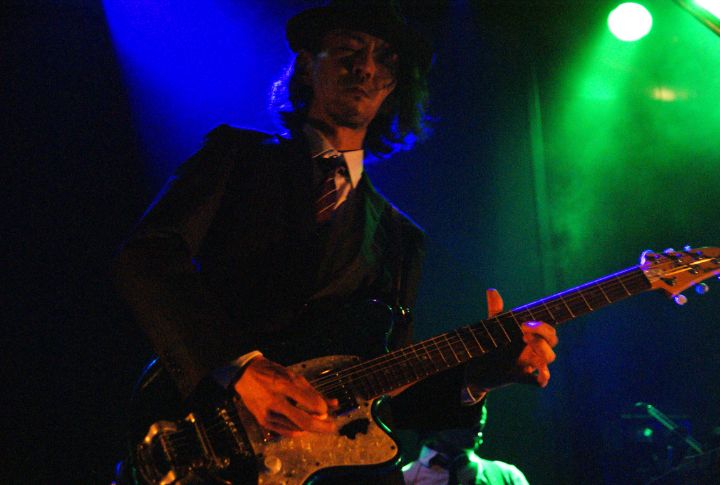
Koenji, just west of Shinjuku, is a hotspot for Tokyo’s indie and punk rock music scenes. Live houses like ShowBoat and 20000V (Ni-man Volt) are concealed behind modest facades but pulse with energy inside. Shows are usually affordable and intimate, with small crowds and direct fan-to-artist interaction. Koenji is also home to Tokyo’s bohemian culture.
Kagurazaka Neighborhood
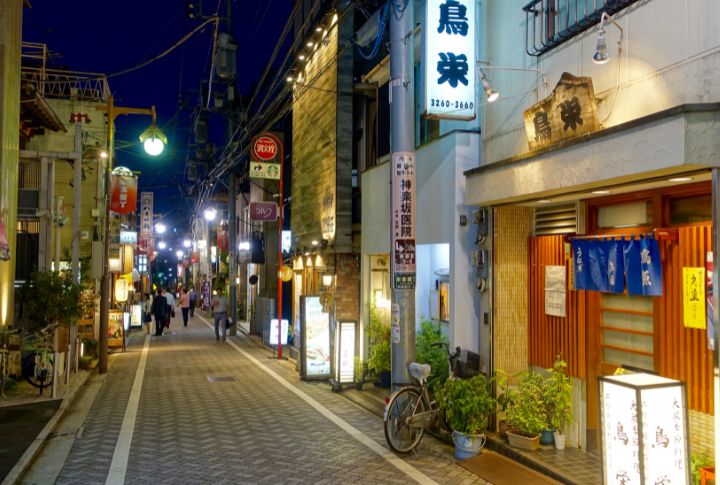
A blend of old geisha district charm and modern French influence, Kagurazaka is full of hidden restaurants and boutique shops. Several French patisseries and embassies give the area a cosmopolitan feel. Historically, it was a thriving geisha district, and some teahouses still operate discreetly. At night, the neighborhood lights up softly, creating a romantic ambiance.
Akasaka Hikawa Shrine
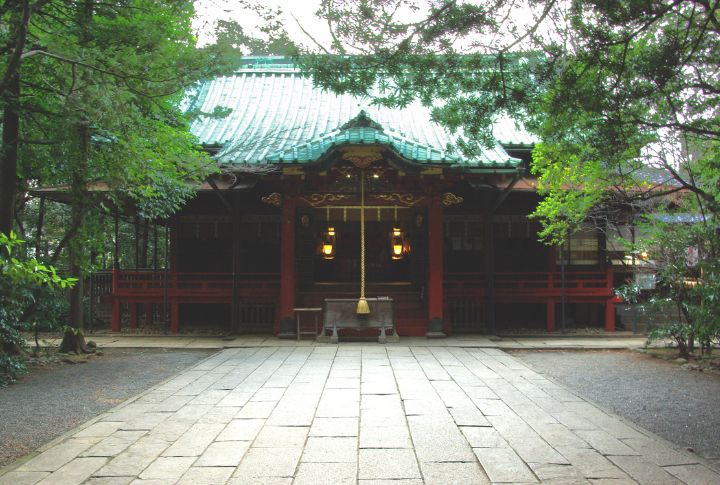
Although it’s in central Tokyo, this quiet shrine remains under the radar. Its ancient ginkgo and zelkova trees form a natural canopy over paths. The shrine hosts festivals, including the Akasaka Hikawa Festival, featuring mikoshi (portable shrines) and traditional performances. It also survived the WWII bombings and exudes the dignity of its origins in 951 AD.
Ameyokocho Market
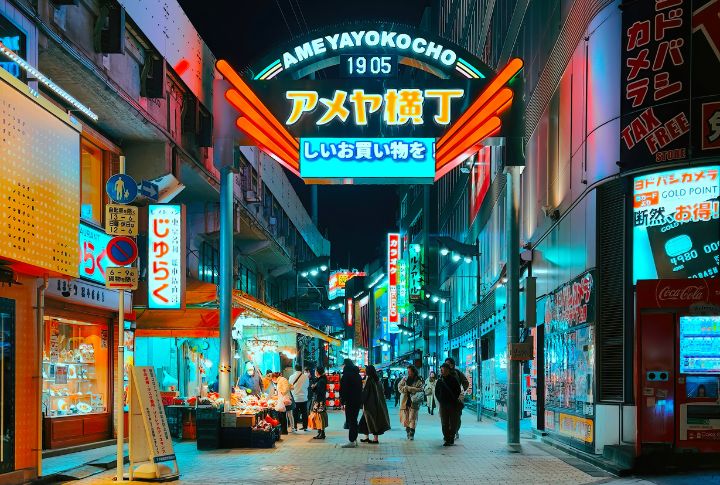
Ameyoko, near Ueno Station, is well-known, but most tourists don’t explore the narrow alleyways under the train tracks. These tight corridors host gritty izakayas and sellers of bulk snacks and spices. The market was originally a black market site after WWII, and that bustling vibe still lingers. You can grab stuff like Korean kimchi and dried squid snacks.
Kappabashi Street (Kitchen Town)

This street between Ueno and Asakusa is a paradise for chefs and food lovers. You’ll find specialty shops selling Japanese knives and fake food samples. Shops like Kamata offer professional knife engraving on the spot. Some of the things you can find are molds for taiyaki, takoyaki pans, and bento box accessories.
Nakagin Capsule Tower (Before Demolition)
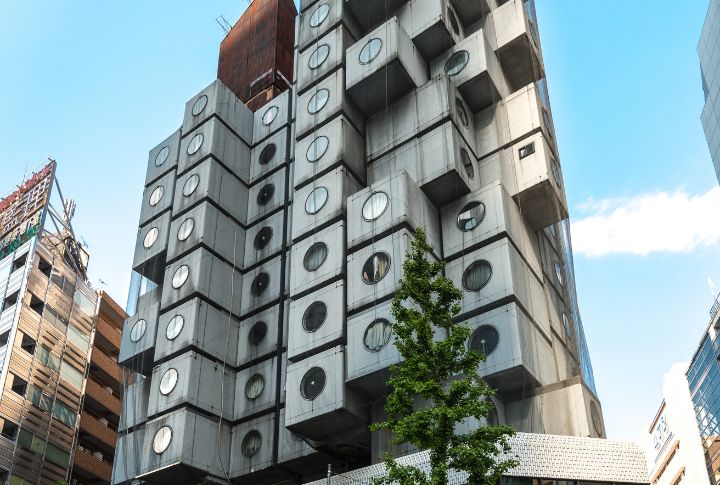
Though partially demolished as of 2022, the Nakagin Capsule Tower remains a symbol of Japanese Metabolism architecture. It was built to serve salarymen working in central Tokyo and offered compact capsule units with built-in furniture. Each module was supposed to be replaceable, but the concept never took off, and the building fell into disrepair.
Monzen-Nakacho Fire Ritual At Fukagawa Fudodo

Every month, Fukagawa Fudodo Temple hosts a fire ceremony called “Goma,” a ritual to destroy negative energy. Monks in full robes chant sutras and beat taiko drums while tossing prayer sticks into roaring flames. Visitors are invited to write wishes or obstacles on wooden talismans, which are then purified by fire.
Tokyo Daijingu, The Love Shrine
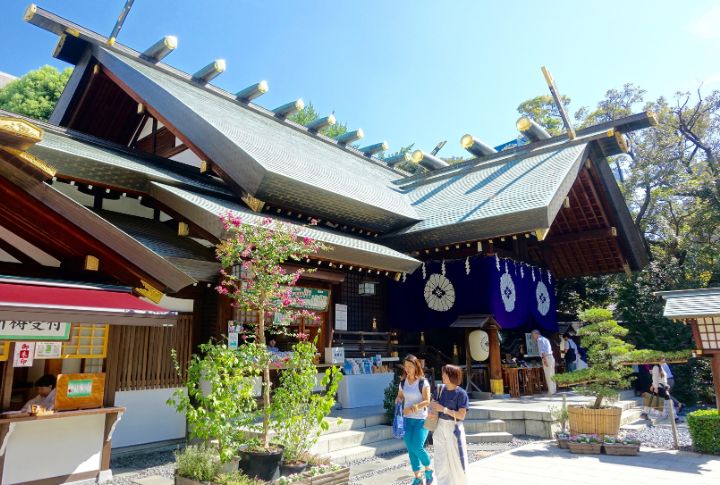
Often called Tokyo’s “matchmaking shrine,” Tokyo Daijingu is hidden in the Chiyoda district. It’s one of the five major Shinto shrines in Tokyo and was the first to perform Shinto wedding ceremonies, which is why it’s associated with romance. Unlike the more famous Meiji Jingu, Tokyo Daijingu offers a quieter, more intimate experience.
Sumo Morning Practice At Arashio Stable

Watching sumo live is thrilling, but few realize you can observe a real training session — called “asageiko” — at a stable like Arashio in Nihonbashi. The wrestlers start early in a ritualistic practice, including stomping and rigorous sparring. You watch through a window or occasionally inside if you make a reservation.
Hamarikyu Gardens With Matcha Tea
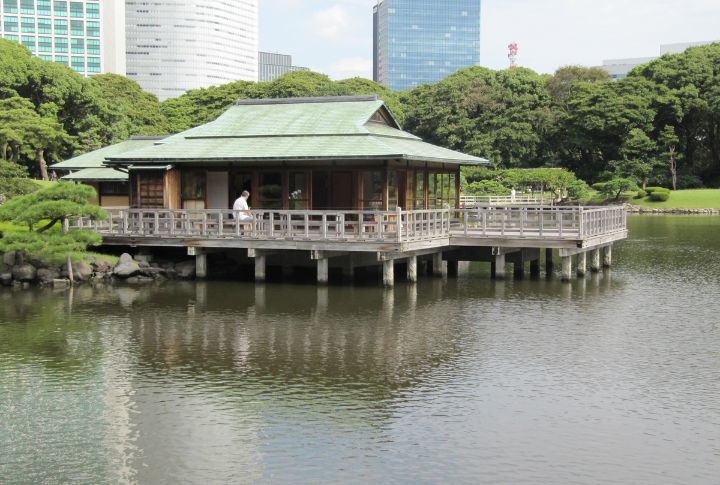
Hamarikyu Gardens, located near Shiodome, was once the shogun’s private duck hunting grounds. What makes this place special is the Nakajima-no-Ochaya tea house, where you can sip traditional matcha while overlooking serene water views. The tea house, a reconstructed 18th-century structure, sits on an island accessed by wooden bridges steeped in repose.
Fukagawa Edo Museum
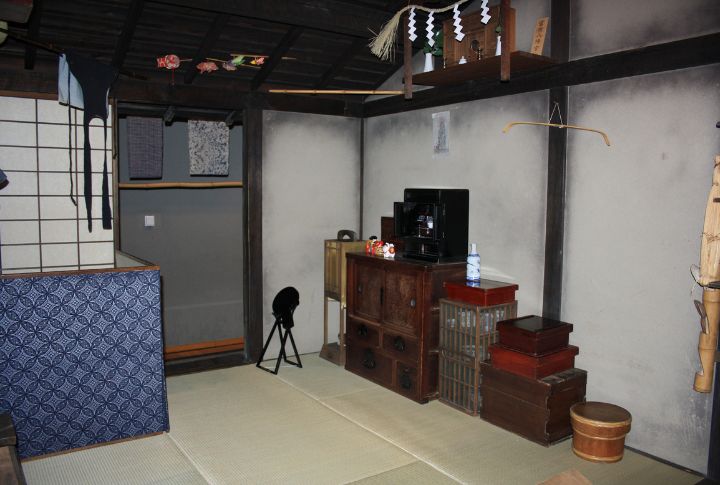
It is an immersive museum in Koto City that recreates a typical neighborhood from the late Edo Period, with life-sized merchant homes and sound effects like rain or dogs barking. You’re encouraged to walk through the buildings, touch objects, and talk with English-speaking guides dressed in Edo-period attire. It’s designed as an experiential learning space.
Yushima Seido, Tokyo’s Forgotten Confucian Temple
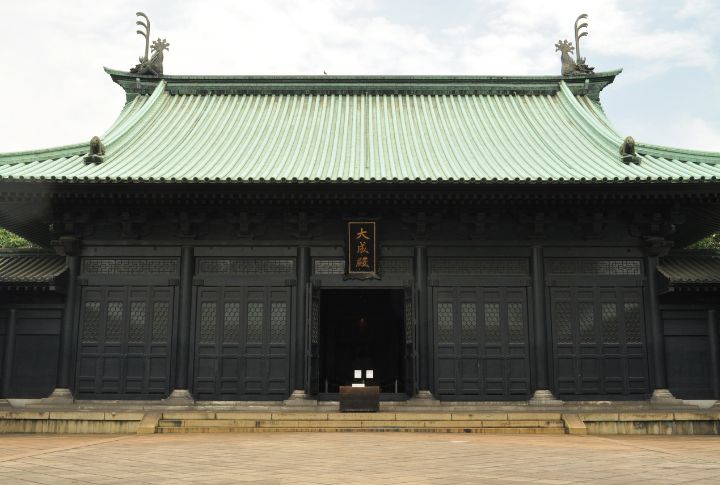
Yushima Seido is a distinct black-lacquered Confucian temple built in 1690 by the Tokugawa shogunate. It was once Japan’s leading center for Confucian learning and the birthplace of the country’s first public school system. While it’s not heavily visited today, the grounds still emanate scholarly calm and philosophical depth.

